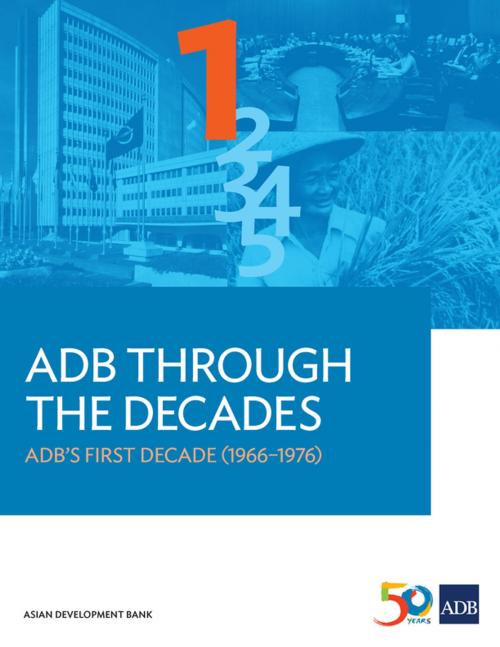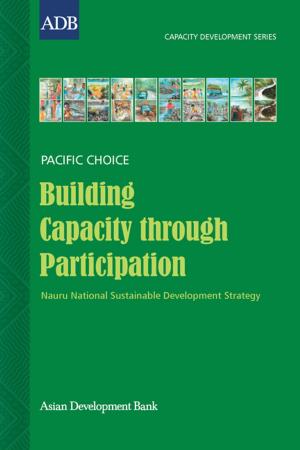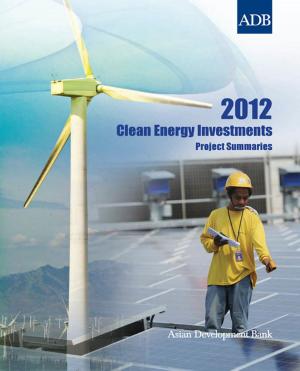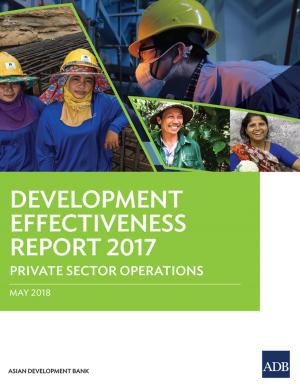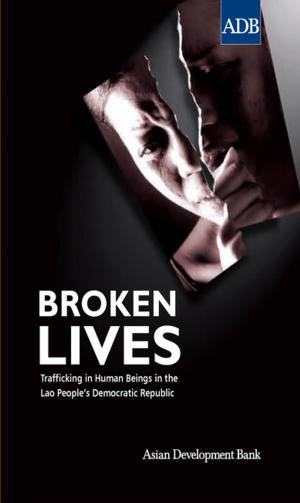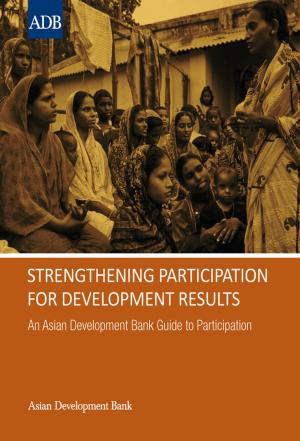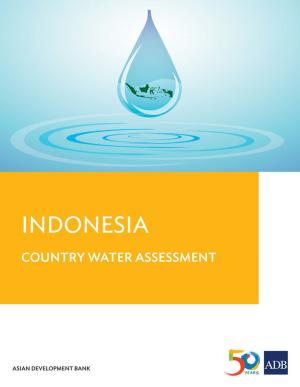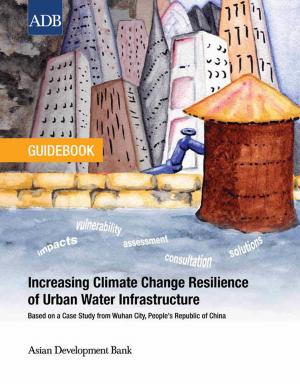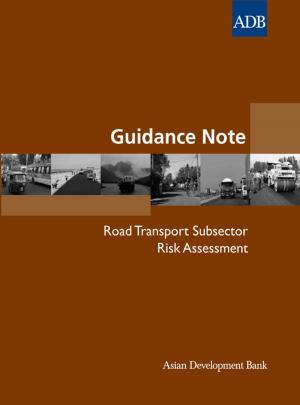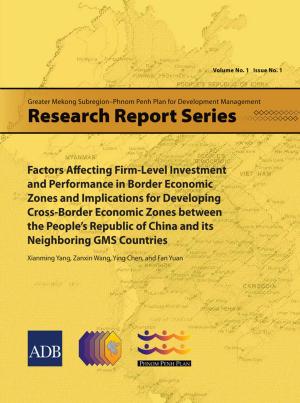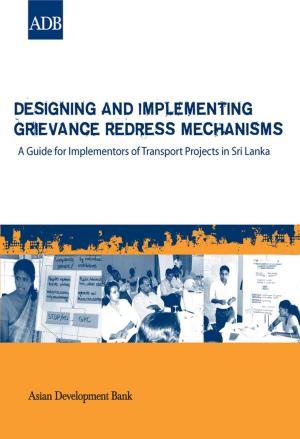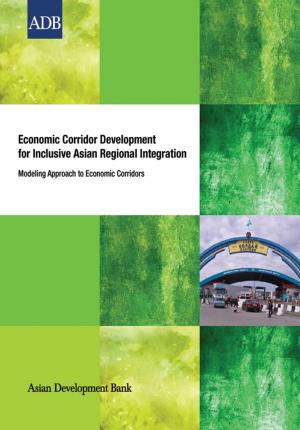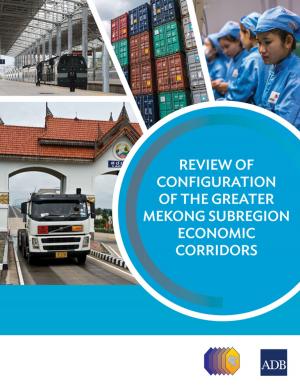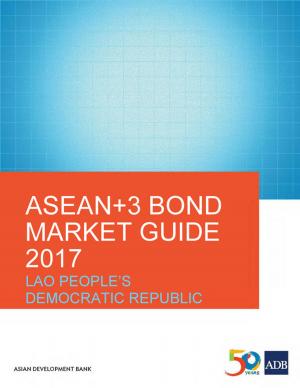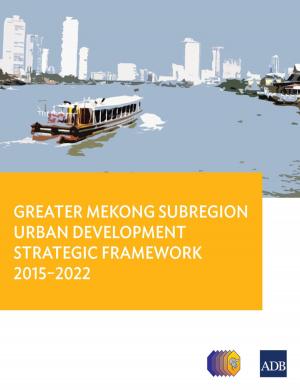ADB Through the Decades: ADB’s First Decade (1966-1976)
Business & Finance, Business Reference, Corporate History, Biography & Memoir, Business| Author: | Asian Development Bank | ISBN: | 9789292579142 |
| Publisher: | Asian Development Bank | Publication: | September 1, 2017 |
| Imprint: | Asian Development Bank | Language: | English |
| Author: | Asian Development Bank |
| ISBN: | 9789292579142 |
| Publisher: | Asian Development Bank |
| Publication: | September 1, 2017 |
| Imprint: | Asian Development Bank |
| Language: | English |
When the Asian Development Bank (ADB) was established in 1966, the Asia and Pacific region was undergoing a process of deep change. Several countries gained independence and a sense of regional identity was emerging. A more organized drive toward modernization started in several countries but the region was still defined by poverty. Feeding people remained a primary concern even while the Green Revolution was under way. The first oil crisis in 1973 led to a worldwide recession and tested many Asian economies. This volume explains how the idea of a regional development bank for Asia emerged and gained support. During its formative years, ADB dealt with a myriad of administrative, organizational, and funding issues in order to establish itself as a sound and credible institution. ADB’s first President, Takeshi Watanabe, envisioned ADB's role as Asia's "family doctor." ADB took a pragmatic approach and conducted studies and surveys to acquire a fuller understanding of the region before lending gained momentum in the second half of the decade, focused on energy, transport, agriculture, and finance.
When the Asian Development Bank (ADB) was established in 1966, the Asia and Pacific region was undergoing a process of deep change. Several countries gained independence and a sense of regional identity was emerging. A more organized drive toward modernization started in several countries but the region was still defined by poverty. Feeding people remained a primary concern even while the Green Revolution was under way. The first oil crisis in 1973 led to a worldwide recession and tested many Asian economies. This volume explains how the idea of a regional development bank for Asia emerged and gained support. During its formative years, ADB dealt with a myriad of administrative, organizational, and funding issues in order to establish itself as a sound and credible institution. ADB’s first President, Takeshi Watanabe, envisioned ADB's role as Asia's "family doctor." ADB took a pragmatic approach and conducted studies and surveys to acquire a fuller understanding of the region before lending gained momentum in the second half of the decade, focused on energy, transport, agriculture, and finance.
